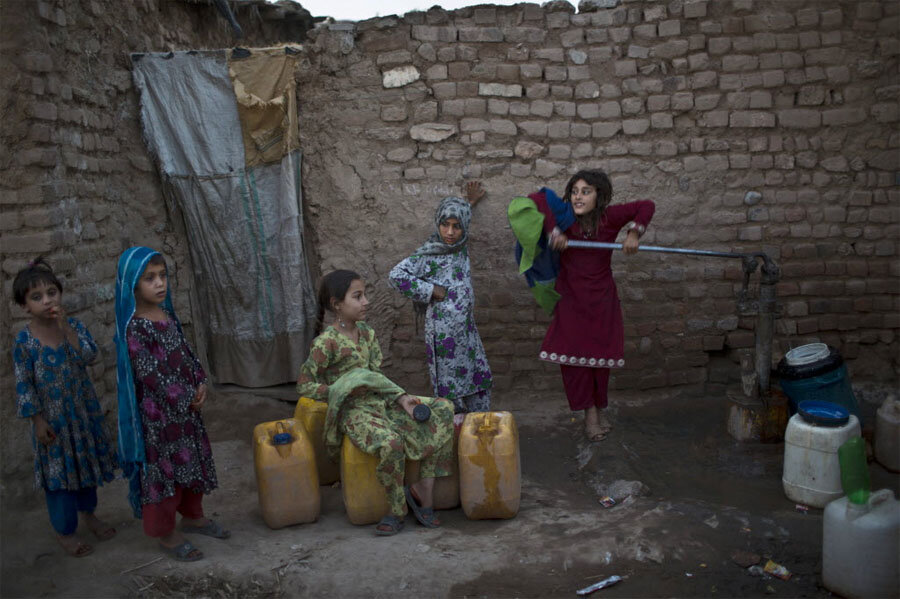Since 1990, billions more have access to clean water
Loading...
Over the past couple of decades, easier access to clean water has become a reality for a huge portion of the world’s population.
According to a publication released by the World Health Organization, an arm of the United Nations that monitors the health and well-being of people around the world, more than 2 billion people have gained access to an improved source of drinking water since 1990.
An “improved” water source is a water source that is likely not to be susceptible to outside contamination, especially by human waste, according to the UN’s WHO/UNICEF Joint Monitoring Program.
In addition to improved water sources, about 4 billion people have achieved the gold standard in clean water access: clean water piped directly into their homes. That’s well over half the world’s population.
This extraordinary step toward providing universal access to clean water has been the result of a massive global effort on behalf of governments, philanthropists, and nongovernmental organizations.
Bruce Gordon, acting coordinator of water, sanitation, hygiene, and health for the WHO, says that the increase in improved water sources has been largely due to accountability. He notes that “countries understand that progress is monitored and the results are available for all to see.” He adds that one of the most important parts of moving forward has been the acknowledgment of a fundamental human right to clean water by most of the world’s countries.
One of the most important steps toward fulfilling that right came in 1990, when the UN instituted its Millennium Development Goals (MDGs), a collection of objectives to meet over a 25-year period (see Points of Progress, July 21). One of the goals the UN hoped to achieve was 88 percent improved drinking water coverage by 2015. This objective was met far ahead of schedule, in 2010, and has been steadily exceeded since then.
Much remains to be done. Even if a water source is free of contaminants, there’s still a high risk of contamination – especially from human excrement – after the water has been collected. While most of the world now has access to an improved water source, improved sanitation facilities are still needed in case collected water later becomes contaminated. The MDG target of 75 percent improved sanitation facilities – for actually separating contaminants from drinking water – will likely not be met by the deadline next year. That leaves 2.4 billion people still completely without access to such a facility by 2015.
While governments are largely supportive of efforts to improve sanitation and water availability, many of them rely on NGOs such as Water.org to coordinate and help provide funding for water sanitation and access, especially in poorer countries.
Rosemary Gudelj, senior manager for the Office of the CEO & Public Affairs for Water.org, says that most of the obstacles NGOs face in developing countries are matters of distribution. “The system remains inefficient, and largely misses the goal of providing relief for those at the base of the economic pyramid in their daily need to secure water.”
In short, despite significant progress, clean water isn’t getting to everyone: 70 percent of people without access to an improved sanitation facility live in rural areas.
“Governments and service providers have focused on extending access where they can make rapid and cost-effective gains,” says Mr. Gordon. “In some countries, this has resulted in richer people gaining services at a dramatically faster rate than poor people, increasing inequality.” Gordon adds that sustaining the infrastructure already in place is difficult to maintain in poorer countries without outside assistance.
There are ways to help, largely through NGOs. Dr. Mary Renwick, director and senior program officer for Winrock International’s water innovation program, recommends supporting NGOs with a focus “on the rational and sustainable use of water,” including water for bathing and toilets.
“Investing in water and sanitation yields tremendous health and economic benefits,” says Gordon. “Every dollar invested in sanitation yields more than $5 in benefits, by keeping people healthy and productive, and keeping children in school.”






